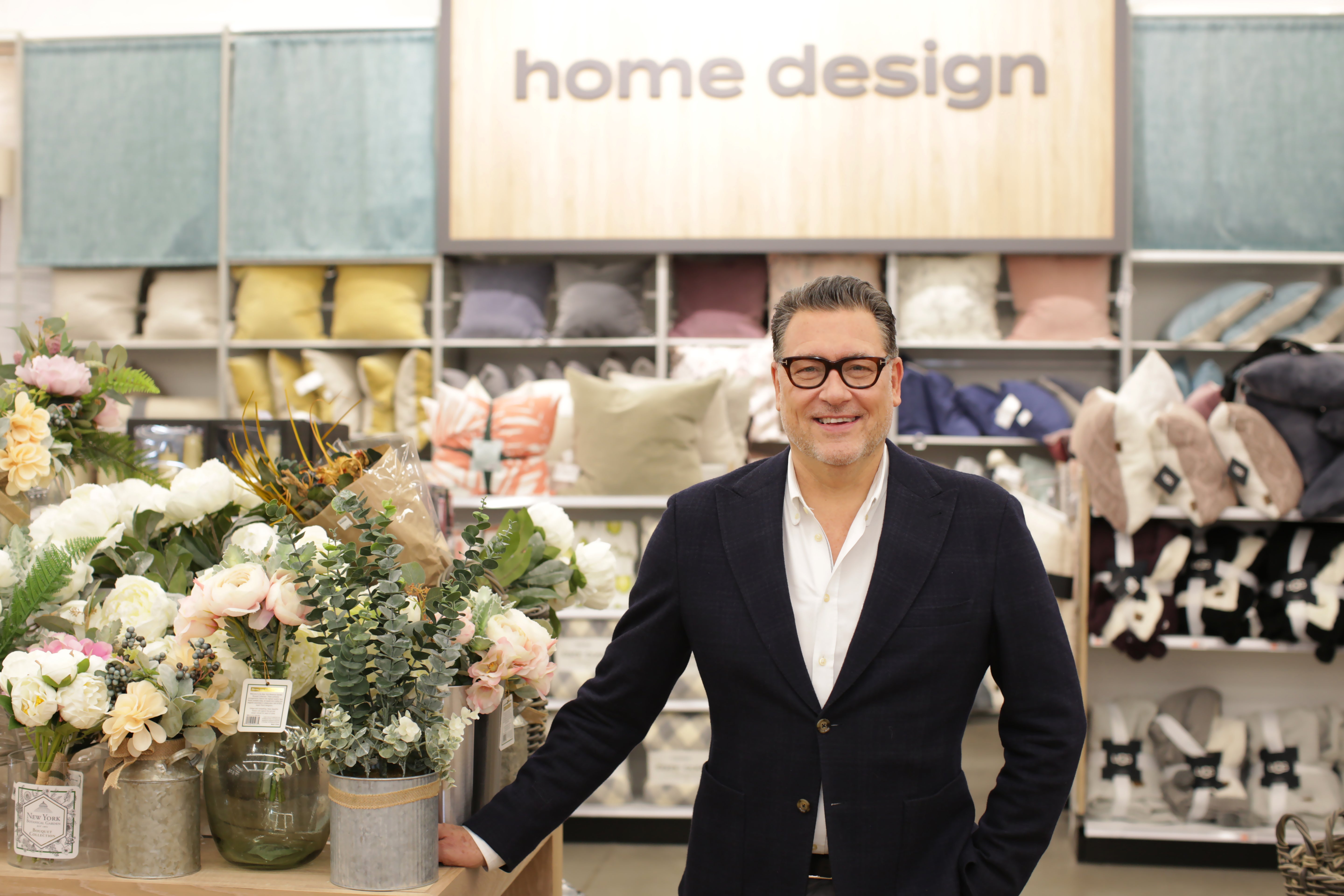Nestwell, Haven, Simply Essential—they’re all brands the consumer has never heard of before. And all labels that Bed Bath & Beyond hopes will be household names by the end of the year.
In the middle of a top-to-bottom reinvention of its business, this week Bed Bath & Beyond unveiled its introductory salvo in a new merchandising strategy to focus on owned brands that provide exclusivity (not to mention much better margins than products supplied by third-party vendors or licensors).
It’s a dramatic change for the big-box retailer, which has a whole new management team led by ex-Target chief merchant Mark Tritton, who took over as CEO of Bed Bath & Beyond in November 2019. And if the game plan sounds somewhat Target-like, that’s no accident—it’s a strategy that has been quite successful for the discount chain, including in the four years Tritton spent heading up its merchandising.
But at BBB—which, unlike Target, has relied throughout its 50-year history on licensed and vendor-supplied brands—the change represents a significant shift in strategy, impacting both its vendors and shoppers.
Here’s how the new plan will shake out:
- Nestwell will be the first brand to debut, showing up in stores and online later this month. Its 100-plus SKU mix cuts across the retailer’s core bed and bath categories, slotted at “better” price points in the traditional “good-better-best” mix.
- Haven will come next, arriving in April. It is bath-focused, both in textiles and bath accessories, with a spa design aesthetic. It will include more than 100 SKUs and will be mid-priced as well.
- Simply Essential, the third brand in the first wave, represents an opening price point assortment that will span the entire store in both hard and soft product classifications. It will include more than 1,000 items, and in targeting the price-sensitive slice of the market, it will be a segment the store has not addressed before with such a broad cross-category assortment.
Three more brands, as yet unannounced, will follow in the late spring and early summer. These will be joined by two more in the back half of the year, in time for the fourth-quarter holiday season, totaling eight new labels for 2021. Tritton says to expect four more next year, and by the time the entire effort is completed in 2024, these owned brands could represent 30 percent of BBB’s overall business, up from 10 percent today. If they were to hit that mark, it would equal close to $3.5 billion of the company’s current revenues.
Each of the new brands will launch with a cross-merchandised statement display at the front of the store for its debut month before being replaced by the next introduction, providing at least six months of fresh offerings as customers walk in the door. Products will be sold by department, shown on beds and wall displays, with equivalent cross-category promotional landing pages online.
Until now, everything Tritton and his executive team have done in the 15 months since he came on board has been on the back end of the business, in finance, operations, logistics, real estate and personnel. Now, consumers will start seeing tangible changes in their shopping experience. “We built the foundation, and now it’s good to finally talk about this,” says Tritton. “It’s a new Bed Bath & Beyond.”
Homepage photo: Bed Bath & Beyond CEO Mark Tritton | Courtesy of Bed Bath & Beyond
____________
Warren Shoulberg is the former editor in chief for several leading B2B publications. He has been a guest lecturer at the Columbia University Graduate School of Business; received honors from the International Furnishings and Design Association and the Fashion Institute of Technology; and been cited by The Wall Street Journal, The New York Times, The Washington Post, CNN and other media as a leading industry expert. His Retail Watch columns offer deep industry insights on major markets and product categories.




























